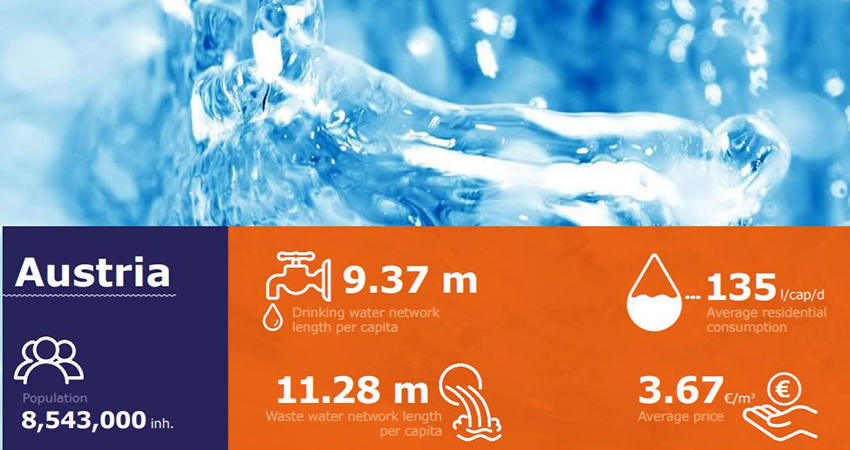Eureau report charts governance of European water services

-
 Editorial Team
Editorial Team
Share article:
The European federation of national water services Eureau recently published a report on the governance of public and private water services in 29 European countries. This report provides a snapshot of the current situation in every country. With the report Eureau is providing a simple but comprehensive overview of water governance models in Europe for decision makers who are working on legislative instruments to reform water policy.
Generally speaking, the supply of drinking water and the collection and treatment of waste water go under the definition of ‘water services’ in all European countries. These services are governed on EU, national, regional or local level. The report illustrates the diversity of management models, organisational structures, tasks and responsibilities of the players involved at the different levels of governance. Providing water services is an activity with important technical, economic, managerial and regulatory aspects whether carried out by public or private operators.
Compass
Eureau president Bruno Tisserand says the classification of water governance is designed around four management models. “This has to be seen as a simplification and generalisation of the existing models, like a compass orientating the reader. In no way should the four management models be considered as exhaustively reflecting each of the various experiences in Europe, nor should they be used as a check list of dos and don’ts.”
Management models
- Direct public management
Under this system, the responsible public entity is entirely in charge of service provision and their management. In the past, this system was predominant in Europe.
2. Delegated public management
Under this system, a management entity is appointed by the responsible public entity to execute the management tasks. Management entities usually remain the ownership of the public sector, although in the EU, in some cases, there is the possibility of a minor private shareholding.
3. Delegated private management
Under this system the responsible public entity appoints a private company to manage tasks, on the basis of a time-bound contract in the form of lease or concession contract. In the countries where this type of management is common, municipalities subcontract their duties to private companies. The ownership of the infrastructure remains in the hands of public authorities.
4. Direct private management
Under this system all management tasks, responsibilities and ownership of water utilities are placed in the hands of private operators, while public entities limit their activities to control and regulation. This system is in place in very few European countries (England, Wales, and the Czech Republic).
Mix of management models
In the majority of countries there is a mix of the first three models (direct public management, delegated public management and delegated private management), with a general trend, compared to twenty years ago, towards public and private delegated management.











